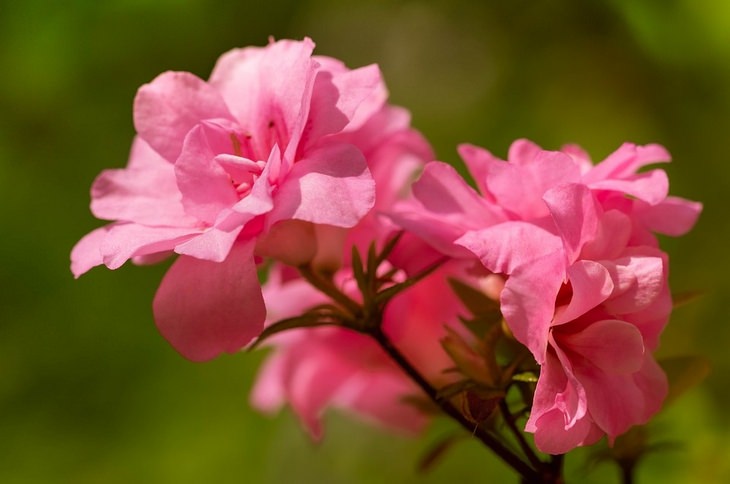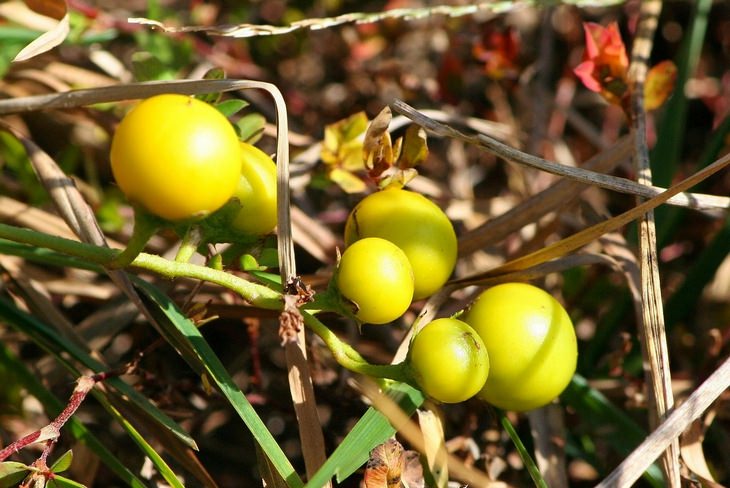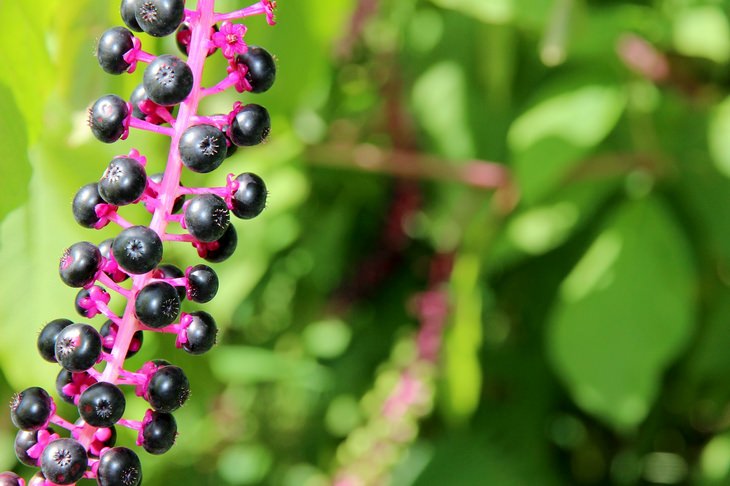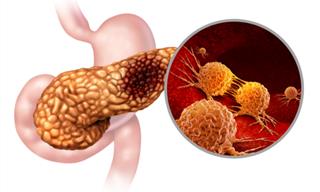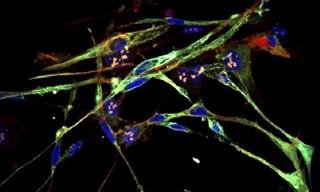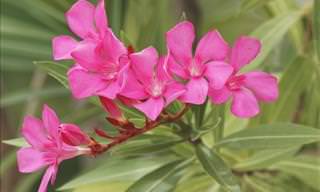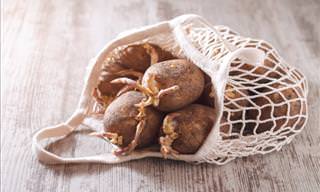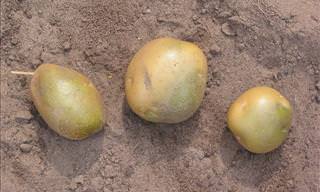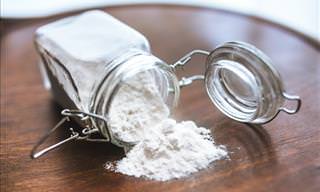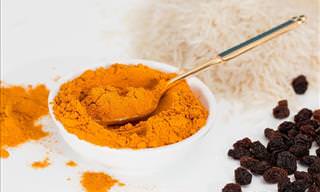1. Nerium Oleander
This decorative shrub is native to the subtropical regions of Africa, Europe, and Asia, but has been introduced to America, where it thrives, particularly along coastal areas. They are prized for their beautiful flowers, which commonly range from rosy-white to red, though yellow oleanders can also be found. Oleanders are easy to recognize by their leaves, which are tough, long and sharp.
It is also among the most poisonous plants that can grow in your garden. All parts of the plant are incredibly toxic, with the poison directly targeting the heart, causing cardiac arrest, coma or even death when ingested. Stories abound of people brewing oleander tea and being rushed to the hospital. And humans aren’t the only mammals susceptible to oleander poisoning, a fact that can be deduced by one of the shrub’s nicknames: dogbane. Needless to say, keep your canine friends away from this bush.
2. Belladonna
This plump and inviting fruit may look like a cherry or blueberry and is actually sweet if bitten, but it’s one of the most toxic plants known to man, with two to four berries being enough to kill a child. Also known as deadly nightshade, the use of this plant as poison was so ubiquitous in ancient times that when Europeans first saw its American cousin, the tomato, they suspected it of being toxic, a rumor that was exacerbated by the reaction of the tomato’s acids with toxic lead in their pewter dining plates.
Regardless, the dangers of belladonna are very real, and curious children especially should be warned about this plant.
3. Buckeye and Horse Chestnut
These nuts may not be lethal, but they are toxic and easily confused with the unrelated and edible chestnut, as they have the same shape, alluring sheen and are housed within an accessory fruit. The fruit of the true chestnut is covered by a multitude of dense, sharp spines that look like that of a hedgehog, while the fruit of the poisonous horse chestnut is only mildly prickly and the buckeye has no spines, at all.
4. Rhododendrons and Azaleas
Rhododendrons, of which azaleas are subspecies, are beautiful flowering plants, a great addition to any garden, but their sweet nectar houses dangerous mind-altering toxins. There is an ancient tradition in Asia Minor (modern-day Turkey), dating back more than two thousand years ago of deliberately feeding this poisonous nectar to bees, who go on to produce hallucinogenic honey. According to a legend, Roman legionnaires in the 1st century BC fell to a literal honeypot trap, when their opponents left this “mad honey” for the Romans to find.
5. Horsenettle
Not actually a true nettle despite its name, this American plant is another deadly member of the nightshade family, and is sometimes known as the devil’s tomato or wild tomato. Ingesting the horsenettle’s tomato-like fruit can cause hypoventilation and sometimes death.
6. Pokeweed
These beautiful berries are commonly eaten by birds, but for humans, they’re potentially-lethal poison. All parts of this plant are poisonous, a fact that is somewhat confused by one of this plant’s alternative names, poke salad (not to be confused with the Hawaiian poke bowl). Why a salad? Because the shoots and leaves (never the berries!) can be prepared in such a way that they are edible, but unless you know-how, you should probably not make the effort. Ingestion can cause all sorts of gastrointestinal problems such as vomiting, cramps and bloody stool, as well as convulsions and deadly respiratory failure.
 Go to BabaMail
Go to BabaMail


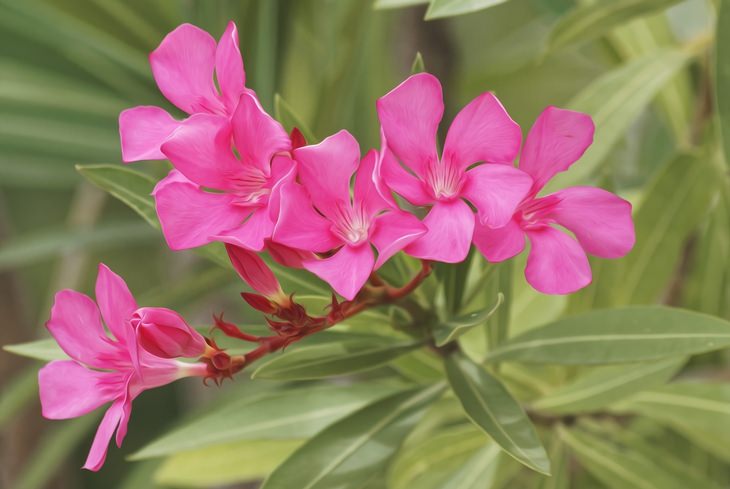
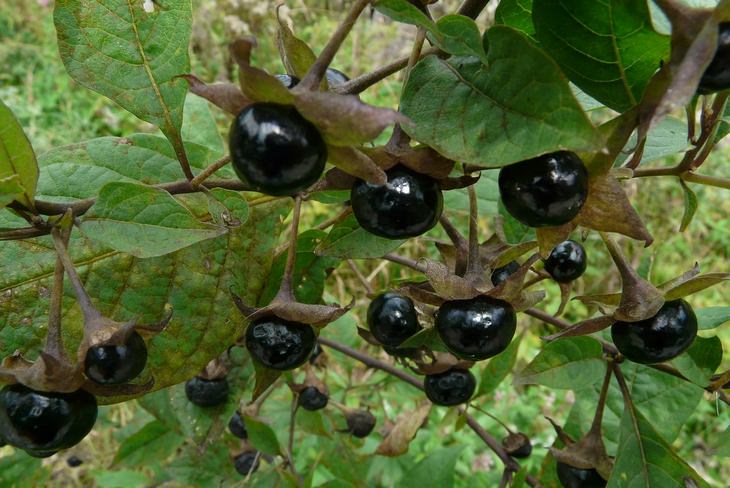
 Source:
Source: 